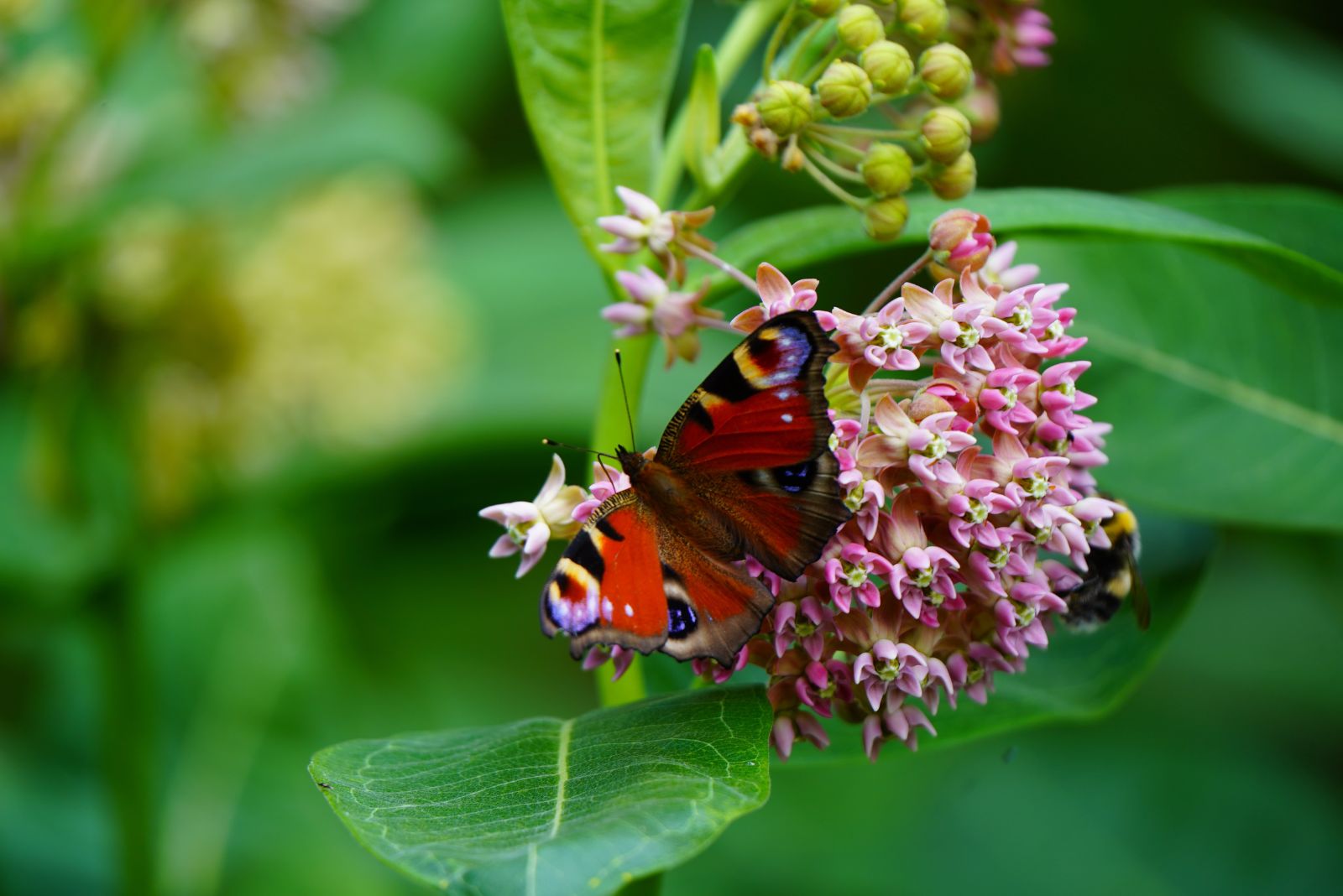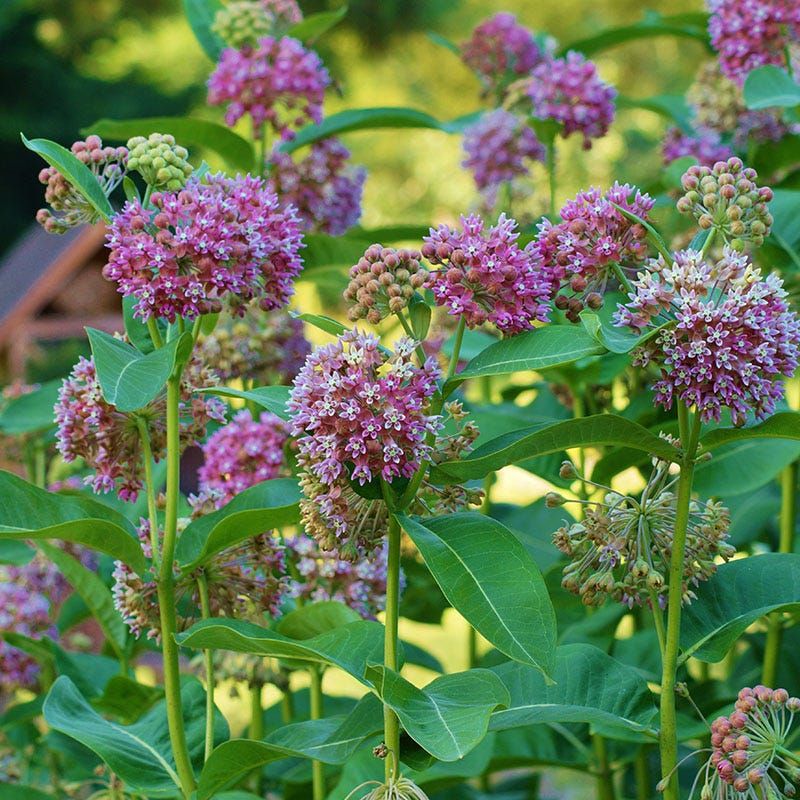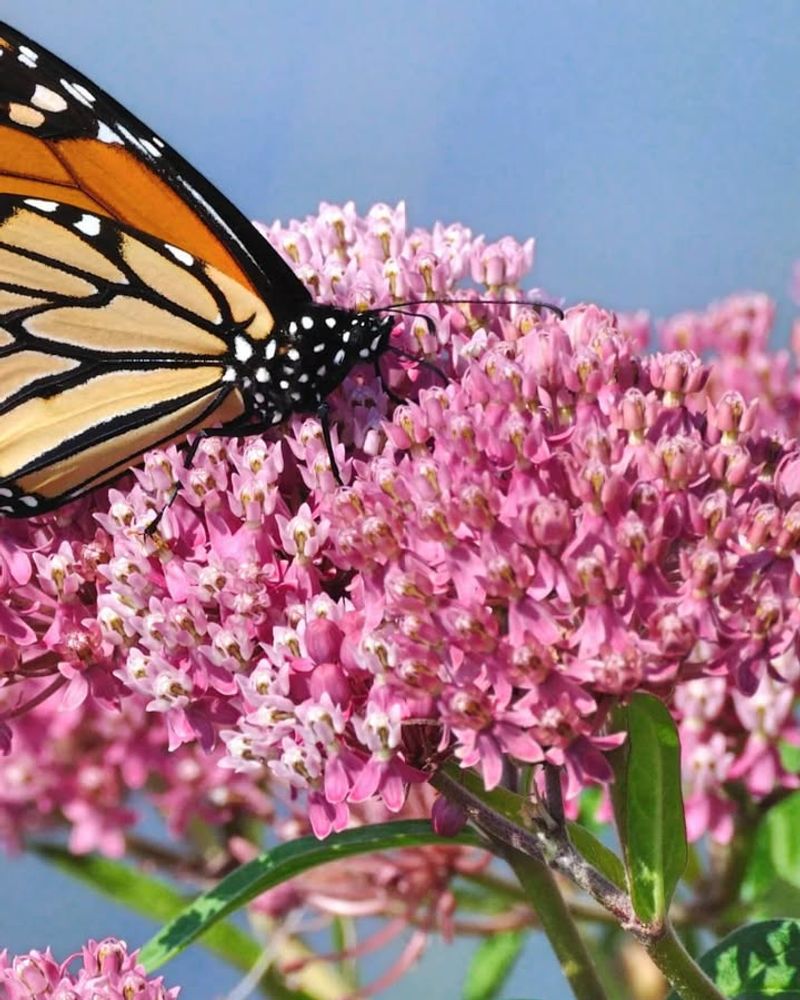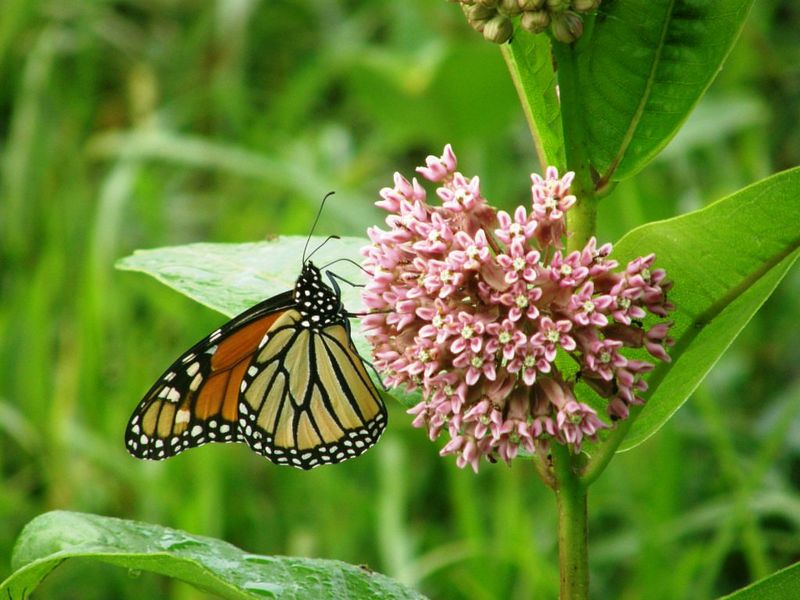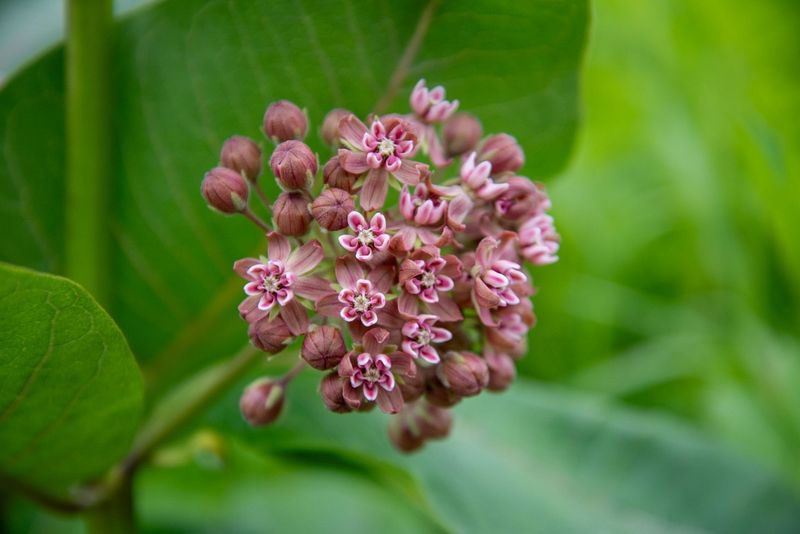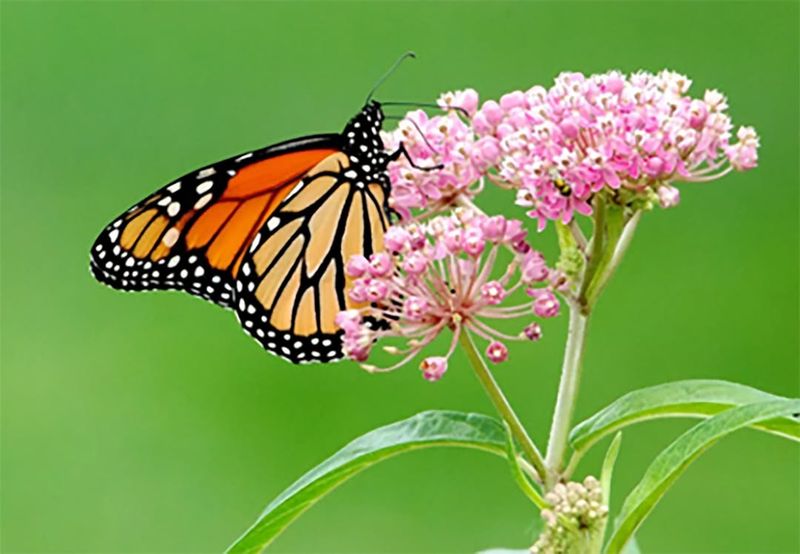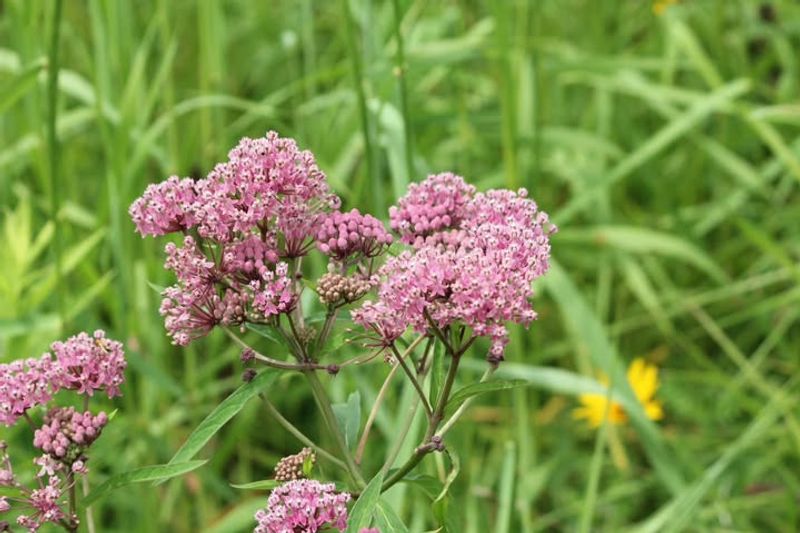Milkweed is making waves across Texas this season, turning quiet yards into buzzing butterfly hangouts almost overnight. This hardy native plant packs a punch, offering the perfect pit stop for hungry caterpillars and colorful wings on the move.
Many homeowners are finding that a single patch can bring a yard back to life, filling the air with fluttering flashes of orange and black. With milkweed in the mix, even the most ordinary lawn can become the talk of the neighborhood and a safe haven for some of Texas’s most loved pollinators.
1. Monarch Butterflies Depend On Milkweed For Survival
Monarch caterpillars can only eat milkweed leaves, making this plant absolutely essential for their lifecycle. Without milkweed in your garden, monarchs have nowhere to lay their eggs or feed their young. Female monarchs instinctively search for milkweed plants when it’s time to reproduce.
Planting even a few milkweed plants in your yard creates a vital food source for these traveling insects. Texas sits right in the middle of the monarch migration route, so your garden can make a real difference. By growing milkweed, you’re literally helping save an entire species from decline.
2. Multiple Native Milkweed Species Thrive In Texas
Texas is home to over 30 different milkweed species, each adapted to specific regions and climates across the state. Antelope horn milkweed grows well in dry areas, while green milkweed prefers rocky soil. Tropical milkweed shows off bright orange and yellow flowers that butterflies adore.
Choosing a native variety ensures your plants will handle Texas weather conditions with minimal fussing. Native milkweeds have deeper root systems that help them survive droughts better than non-native types. Check with local nurseries to find which species work best for your specific area and soil type.
3. Milkweed Attracts More Than Just Monarchs
Queen butterflies, swallowtails, and countless other pollinators flock to milkweed flowers for their sweet nectar. Bees, hummingbirds, and beneficial insects also visit these plants regularly throughout the growing season. Your milkweed patch becomes a bustling hub of wildlife activity from spring through fall.
Watching different species interact with your milkweed plants offers endless entertainment and learning opportunities. Kids especially love observing the variety of creatures that stop by for a visit. Creating this kind of biodiversity in your yard helps strengthen the entire local ecosystem around your home.
4. Growing Milkweed Is Surprisingly Easy
Most milkweed varieties are tough, drought-tolerant plants that don’t need constant watering or special fertilizers. Once established, they practically take care of themselves with minimal intervention from you. Native species have already adapted to Texas heat, poor soil, and irregular rainfall patterns.
Start with small plants from a nursery or grow them from seeds scattered directly in your garden bed. Place them in a sunny spot with decent drainage, and they’ll reward you with years of beautiful blooms. Even beginners with little gardening experience can successfully grow healthy milkweed plants in their yards.
5. Milkweed Contains A Natural Defense System
Did you know? Milkweed produces a sticky, milky sap that’s toxic to most animals, which is how the plant got its name. This natural chemical defense protects milkweed from being eaten by deer, rabbits, and other hungry garden visitors. Monarch caterpillars have evolved to tolerate these toxins, which actually makes them poisonous to predators.
Birds learn quickly to avoid eating monarchs because of their bitter taste from the milkweed diet. This clever relationship between plant and insect shows nature’s amazing interconnected design. The toxins don’t harm humans through casual contact, but avoid getting sap in your eyes.
6. Planting Milkweed Supports Conservation Efforts
Monarch populations have dropped dramatically over the past two decades due to habitat loss and pesticide use. Scientists estimate that nearly a billion monarchs have disappeared from North America since the 1990s. Every milkweed plant you add to your landscape helps reverse this alarming trend.
Texas gardeners play a critical role because the state serves as both a breeding ground and migration corridor for monarchs. Your backyard becomes part of a larger network of butterfly-friendly spaces stretching across the continent. Small individual actions, when multiplied across thousands of yards, create meaningful change for struggling species.
7. Milkweed Blooms Add Beautiful Color To Your Landscape
Beyond their ecological benefits, milkweed plants produce stunning flower clusters in shades of pink, purple, orange, white, and red. Blooming from late spring through summer, they provide long-lasting visual interest in garden beds and borders. The flowers have a delightful fragrance that many people compare to vanilla or honey.
Milkweed works beautifully in wildflower gardens, pollinator gardens, or mixed perennial beds alongside other native plants. Their unique appearance and vibrant colors complement traditional landscape designs while serving an important environmental purpose. You get both beauty and functionality in one remarkable plant.

